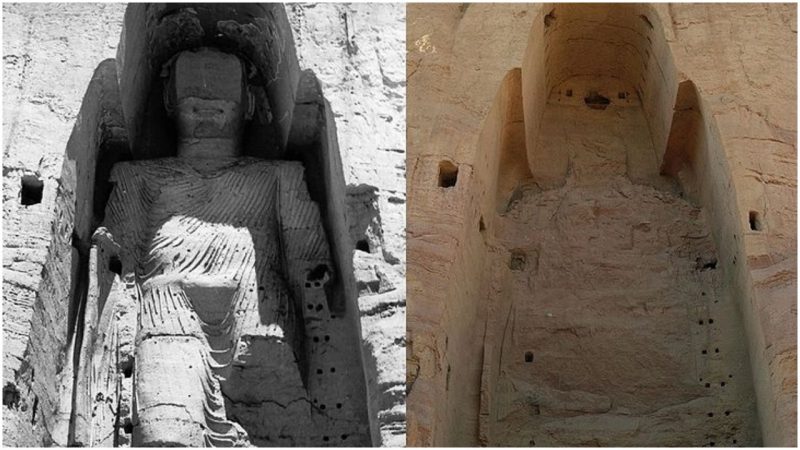Afghanistan today is a country with a majority Muslim population, but before the arrival of Islam in these parts of the world in the 7th century, it had a thriving Buddhist community that left some magnificent monuments as a testimony of a long-gone era.
It was during the 1st century AD that Buddhism came to Afghanistan, brought by pilgrims of the Kushan Empire ― a realm tucked in beneath the Himalayas, which existed from the early 1st to 3rd century.
Kanishka the Great, Kushan’s most famous and celebrated Emperor, was also a great patron of Buddhism. The religion flourished in Central Asia during his reign. Monasteries and colossal statues were built and caves were dug deep into sandstone, to attract various pilgrims from the East and hermits dedicated to a life of meditation.
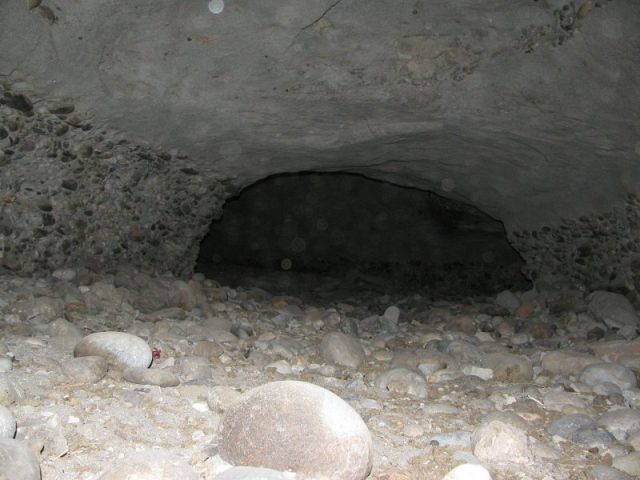
But Kanishka’s affection toward the religion came secondary to diplomatic attempts to extend the then-developing Silk Road ― a trading network running through the whole of Asia ― which facilitated the spread of Buddhism across the Karakoram range to India, China, and other Asian countries.
Nevertheless, Buddhist architects and craftsmen created some of the most astounding sculptures and buildings in the region. In the town of Bamyan, for example, there were two magnificent statues, more than 175 feet tall, carved into cliffs, as well as caves intended for prayer and around ten monasteries.
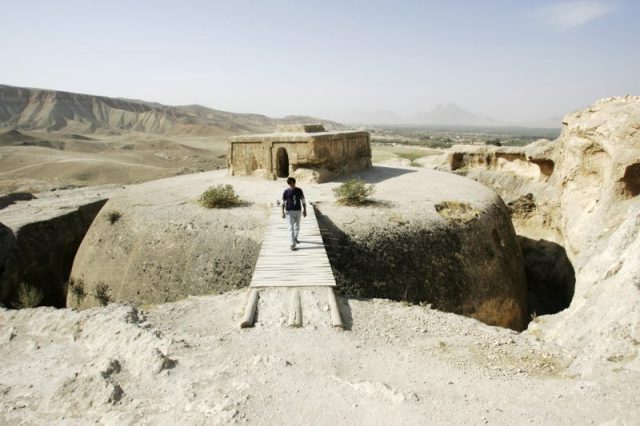
According to a testimony written by a 7th-century monk, the statues were decorated in “dazzling golden color and adorned with brilliant gems.”
Considered by many to be the most important cultural landmarks of the region, they attracted numerous pilgrims throughout the ages. Unfortunately, even though the Buddha statues built in the sixth century survived the test of time, they were destroyed by the Taliban in 2001.
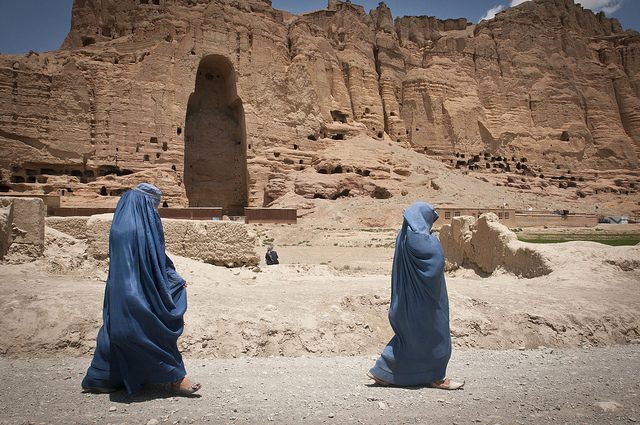
However, Bamyan wasn’t the only holy place for Buddhists in Afghanistan. On the banks of the Khulm River, the ancient town Samangan was once home to hundreds of monks who dwelled in and around the rock-cut cave monastery complex with a giant dome, traditionally called a “stupa” among Buddhists.
According to a myth, it was in this exact stupa that the Persian King Rostam married his bride Tamina. Built between the fourth and fifth century, the stupa bears the name Takht-e-Rostam, meaning the Throne of Rostam, as a reference to the king’s lavish wedding.
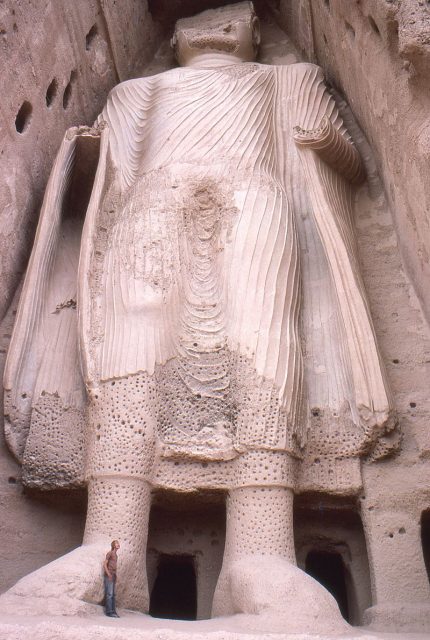
Buddhist stupas are usually built above ground level, but what makes the Takht-e-Rostam so special is that it was carved into the mountain rock. Since it was built during the great turmoil and eventual fall of the Kushan Empire, it is presumed that the monastery complex was built in the cliffs as a means of camouflaging it from unwanted guests, like the Hephthalites, the Huns, or the emerging Gupta Empire, whose power was growing while the Kushans were in the sunset of their reign.
Strange Ancient Places Around the world
Together with the ruins of Samangan, another archaeological site of great historic importance sits just 25 miles from Kabul. The ancient settlement of Mes Aynak was known both for its multistory monastery complexes, surrounded by walls and watchtowers, and its copper production dating back to antiquity.
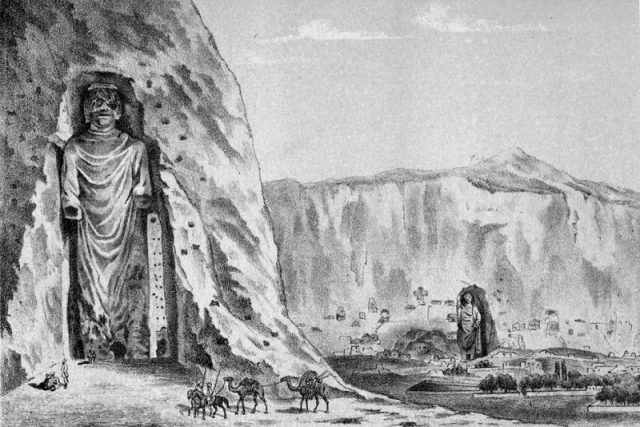
Zemaryalai Tarzi, an Afghan archaeologist stated in a 2015 interview for National Geographic regarding the Mes Aynak:
“I do not know of any other site where monasteries coexisted in perfect [symbiosis] with production or industrial centers. These kinds of tight relationships between Buddhist monasteries and the industrial or commercial exploiters of natural resources have no precedent.”
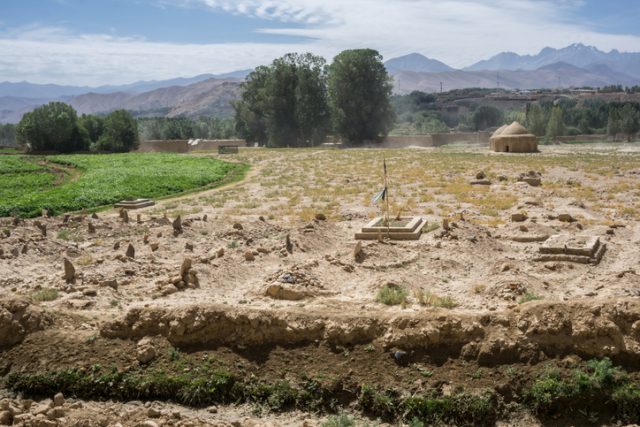
Within the site, archaeologists have found many artifacts including statues, cups and gold jewelry, confirming that this particular Buddhist colony was inhabited by wealthy monks who controlled or in some other way participated in the copper mining operations.
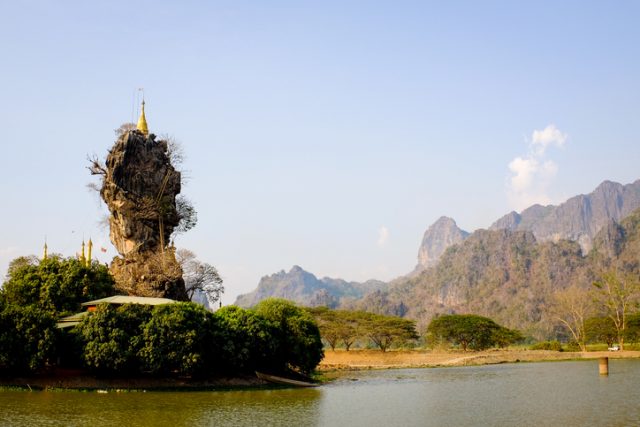
The site is today a target of Chinese investors who struck a deal with the Afghan government in 2007, to assume rights to extract 12.5 million tons of copper worth tens of billions of dollars. Of course, such actions would surely jeopardize the archaeological site.
The international community has urged the investors to postpone their plan until the site is thoroughly examined and as many artifacts as possible are extracted.
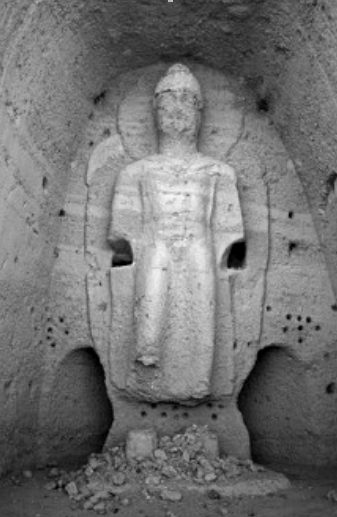
Since the National Museum of Afghanistan in Kabul is in bad shape due to decades of conflict which plagued the country, the capacity for storing artifacts also comes as an issue. Due to a great number of findings, only the most important ones get to be stored.
Caught in a crossfire between lucrative foreign investments and the consequences of long-term conflicts, the Afghan government finds it difficult to handle archaeological operations. This part of the world’s cultural heritage might be lost forever, as the last traces of Afghanistan’s Buddhist community are disappearing before our very eyes.
Nikola Budanovic is a freelance journalist who has worked for various media outlets such as Vice, War History Online, The Vintage News, and Taste of Cinema. His main areas of interest are history, particularly military history, literature and film.
